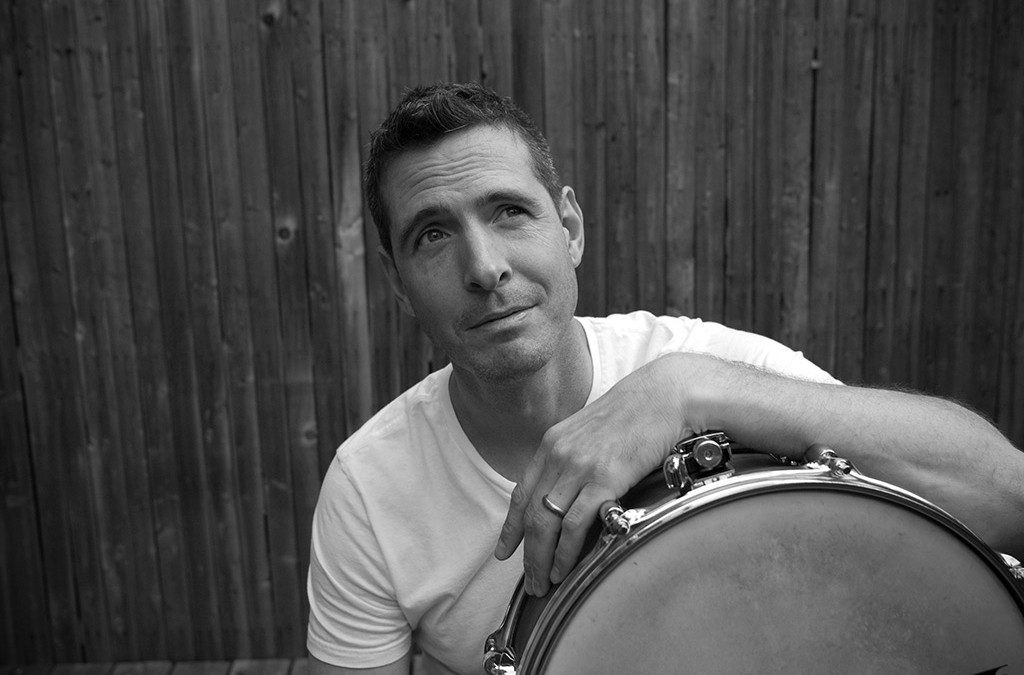In a technologically saturated culture, I have become astonished with the overwhelming need of our society to require instant gratification in nearly all aspects of life. One of the distinct challenges of being an artist in virtually any medium, regardless of geographic location, is figuring out ways of effectively expressing yourself with a unique and original artistic identity. It is nearly impossible to imagine that artistic inspiration for the creative process can occur within a medium without drawing influence from the previous generation or even within a generation. In an age where information is passed through a myriad of conduits, there is an incredibly vast mountain of information, whether historic, instructional or intended for entertainment in nature. For us as students the difficulty lies within the need to sift through, and ascertain what essential information is necessary to function within a given discipline.
There has been an age old mindset that the “rising” generation has it easier than the generations that came before. This is merely a representation of the advancement of technology in our world, particularly with the computer industry and the furthering of the ease and ability to communicate and transfer data with others instantaneously. In many ways, technological advances have afforded us the opportunity to live more productive lives, have safeguards to keep us organized and on time for important engagements, get directions to the nearest Starbucks, pay our bills on time, solve problems with a quick text, tweet your most important gig, and on and on. One of the other major advantages is the convenience of downloading mp3s of your favorite music into your iTunes library.
As a lifelong student of music, as an educator and performer for the past 25 years, and having the need to use my iPhone or laptop as a tool for providing illustrations for students in lessons and masterclasses, I will be the first to praise the utility of these devices as an invaluable tool for effectively illustrating my musical point. There is a particular equal and opposite disadvantage, however. While virtually all of the music I used and studied as a youngster is available at the flip of a switch, it is right there in the mix with a ton of pure garbage. Additionally, just about anyone with a laptop can record an album these days. It seems there are studios where barely skilled musicians can go in, punch in here and there, cut and splice and ultimately fabricate recordings in a Frankenstein-manor. Yet, the audience may not have any idea. These recordings are distributed in the same instantly available market along with classic masterpieces.
Perhaps one of the most disturbing things to me is that when I would peruse through a student’s iTunes library, inevitably there would be a gross representation of the growing impatience for slow absorption. This was evident in the way the student would only download one or two tunes from a classic recording. I always tried to keep in mind that in many cases, a student really didn’t have the financial liberty to acquire an endless library (…although students would often boast that they had 160 gig iPods and have it maxed out with music). I would go on to discuss with a student where they were and what their goals were. We would together determine a few recordings on which to focus. There was often a seeming disrespect for the artist-as if they couldn’t grapple the fact that the album needed all of those pieces to complete their work of art. Also, in many cases, the student had no idea as to the personnel on the recordings, what year the album was recorded, on what label, etc.
I would like to stress that as students and teachers, we must be responsible with the advancement of technology. We absolutely cannot allow it to hinder us from fully realizing the depth of our music education, which, regardless of which university jazz studies program we attend or who we study with and what curriculum we are following, may add a convenient element of ease. We must remember that it is hard work and that there is no arrival point. The closer we get to the arrival point, the farther it gets away. We must realize that we are in this for the long run and to ultimately aim for a unique musical personality that sets us apart from all the others.
I have always said that I feel fortunate to have been in the world before the internet was here and that I had to go through the frustration of using the card catalogue at the library and to reference microfiche files. With that in mind, the fact that there are other resources such as Youtube as well as a host of other avenues where one can instantly access video footage of historic performances and tutorials from many different perspectives is a potential threat to the value and satisfaction of self discovery. The late great pianist, Bill Evans, in an interview with his brother, Harry, discussed the importance of personally struggling with understanding and applying new concepts and techniques as an important part of the creative growth process. He also went on to say that when asked to demonstrate a harmonic approach or other concept, he could absolutely show and explain the approach in about 5 minutes. The problem was, it would then rob the student of the joy of self realization. The mistakes I made in my quest to understand the unknown always seemed to lead me to discoveries that were life changing. Yes, you can make mistakes with your favorite search engine and likewise make new discoveries with the ease of modern technology, but there is something to be said for old school research methods and slow absorption.
As a young student, I remember reading Miles Davis’ autobiography with Quincy Troup, where he mentioned that he only had a handful of recordings from which to learn in addition to hearing live performances on radio broadcasts. According to an old Tony Williams interview, he said that in order to learn the jazz language on the drums he spent hours every day playing along with and memorizing records…. NOTE FOR NOTE! He also went on to confess that he would even tune his drums exactly like the drummer on the recording. I saw Elvin Jones in a rare masterclass many years ago. He, being from that older generation of masters, only remembered having a limited record collection as a youngster. One of those recordings was an Eroll Garner recording. His older brother Hank would put on an that record and have Elvin play along with it. Meanwhile, Hank would make him feel like the greatest drummer in the world. I think it would be safe to say that many of the masters from the older generations were at similar odds and yet not stifled by their limited resources. The key here is, they listened a lot to a little music rather than listening to a little of a lot of music.
Music is a language. We as musicians, speak music. Our instrument is our voice. As children, we learned to speak by mimicking the sounds that we heard from our parents. At first, we mispronounced many words and our sentences were very crude, but gradually we built a vocabulary based on our needs to express ourselves. Learning to speak jazz, in many ways, is remarkably the same. Our musical parents are the jazz masters. I like to think of musical phrases as sentences. When you listen to the masters, you notice the well constructed phrases and the artist’s sound and vocabulary that sets them apart from the others. The ultimate goal as a musician is to find your own musical personality and embrace it as your own original voice. Hopefully it will sound nothing like the masters, but purely and distinctly you. It is unavoidable on some level to deny certain influences here and there, but striving for individuality is what the jazz musician ultimately goes for. What is it that identifies the work of Jackson Pollack or Picasso or Manet from Monet? Who is better? The fact that they each have their own style and mode of expression is what makes seeing their work exciting.
Above all, we must be patient and realize that we need to practice not only our instruments, but practice listening to great examples in ways that keep us artistically inspired. There were some things that I heard early on my journey that my ears weren’t quite ready for, and I could easily dismiss as something that I didn’t find inspiring at the time. Perhaps the fact that I didn’t understand kept me going back to listen again to try to hear what I was supposed to. As embarrassing as it is to admit, the first time I heard Thelonius Monk, I thought it was a joke. The same was true with the second great Miles Davis quintet featuring Tony Williams, Wayne Shorter, Herbie Hancock and Ron Carter. Based on what my environment had prepared my ears for, I simply wasn’t ready to hear it. But, I am certainly glad that I kept trying to hear it because I now realize in retrospect how those masterful musicians have contributed to my musical personality.
Sure, there are things of technical nature that we must practice routinely to keep our technique together. I think though that caution should be exercised to not over practice the things that stifle or sterilize our creativity and certainly not to practice with a disconnect to the music and intensity that we will ultimately aspire to perform. When we listen, we must listen repeatedly. LISTEN A LOT TO A LITTLE, NOT A LITTLE TO A LOT. Listen to a recording from beginning to end, then, listen again and again. Chances are that you will hear something different each time. Learn as much as you can about the recording you are listening to in addition to researching the personnel. It is a disciplined effort, but there will always be unlimited of rewards.
Visiting the New York City area in the near future? Come see me play live, click here for an upcoming select gig itinerary.

